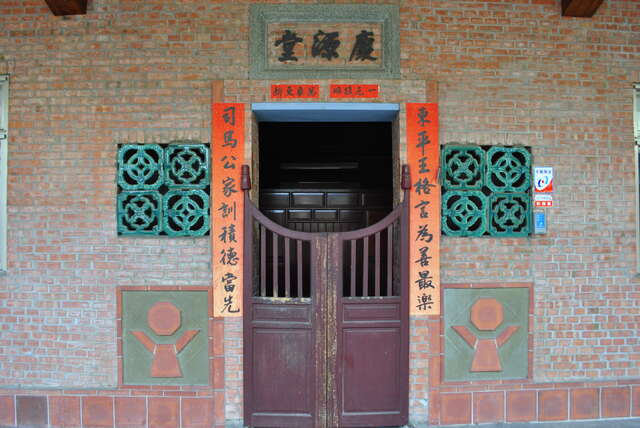Dali Old Street Introduction
Due to sediment accumulation and river channel changes, along with the fact that during the Japanese colonial period, Keelung and Kaohsiung were Taiwan's main foreign trade ports, the political and economic center of Taichung shifted towards the current Taichung Station. As a result, Dali, which once thrived, has now entered a twilight phase. Today, only the Dali Station, which served as a hub for north-south travel, and the approximately 200-meter-long brick-paved Dali Old Street remain. On the old street, only the old houses centered around Qingyuantang are left, along with the wooden architectural structures; the signs of the once prosperous past are no longer visible. It is recommended to learn about the story of Dali Old Street before visiting, as this will better help one imagine the area’s past prosperity and slowly appreciate its history. Although the dock site is preserved at the end of the old street, the historical architectural landscape has also disappeared. If you have the opportunity to come here, take a careful look, and you will find that the storefronts are narrow and elongated. This is mainly because land was precious and rent was extremely high during its prosperous days—it's not hard to imagine the area’s bustling past. Through historical stories and ruins, one can understand the transformation and the prosperity brought about by transport hubs, gaining insights into Taichung's modern development. Additionally, a unique feature to observe is the "Tingzijiao," where the arcade and the roofs of the houses are separated, which is certainly worth a look.









































